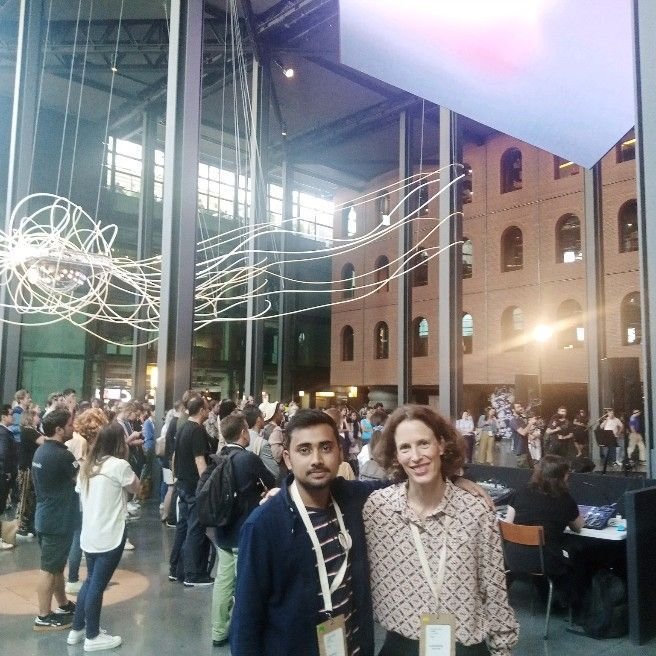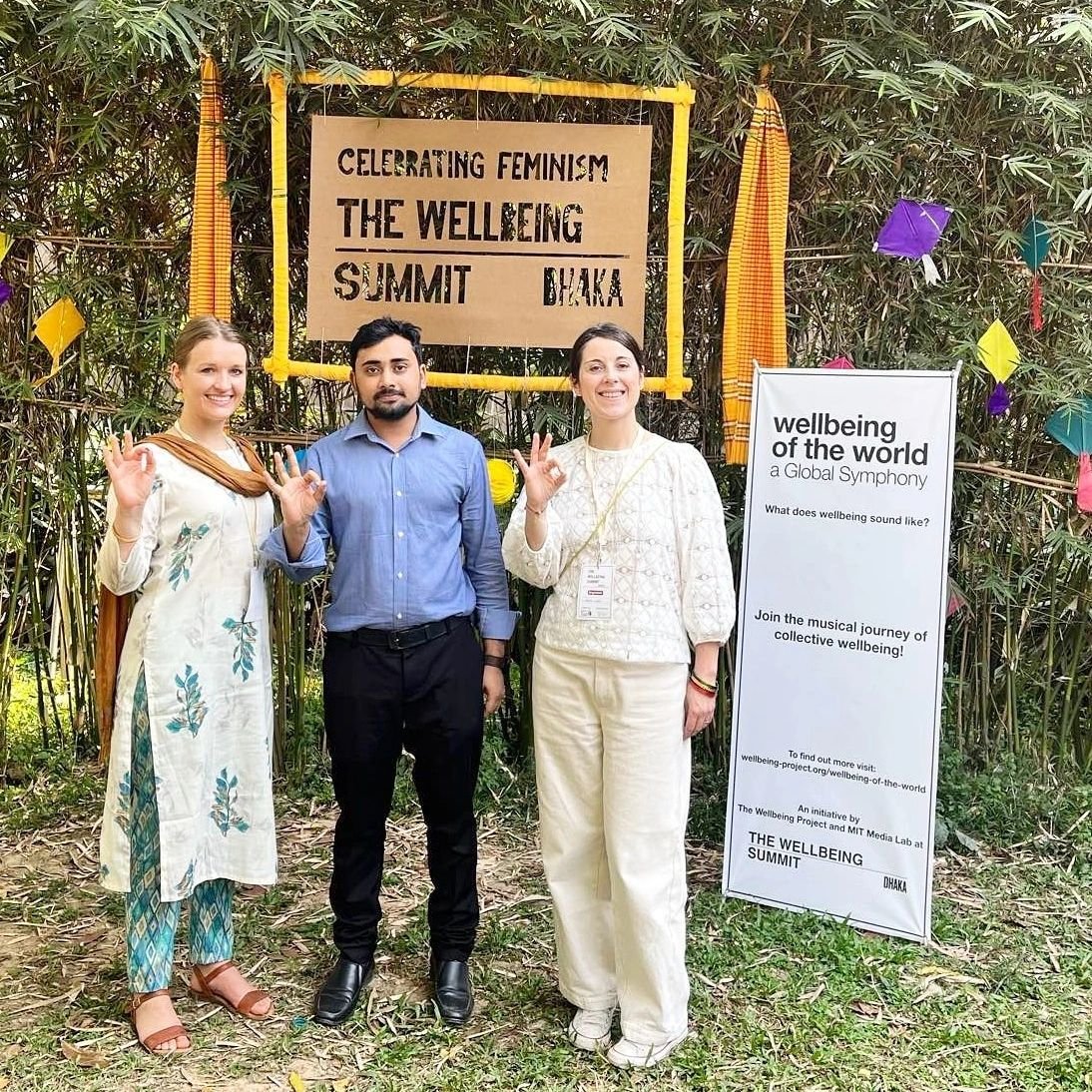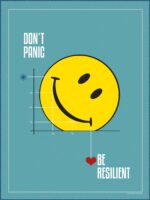What’s a Wellbeing Economy – and How Can We Join In?What’s a Wellbeing Economy – and How Can We Join In?
Stories from the Hearth
Quick Reads
- A wellbeing economy redefines success by prioritizing happiness, health, and community wellbeing over only focusing on financial growth.
- Sustainability is at the heart of a wellbeing economy, ensuring that environmental care is a key focus for future generations.
- Strong social connections and mental health support are essential in a wellbeing economy, shaping communities that prioritize human wellbeing.
- You can contribute to a wellbeing economy by supporting local businesses, advocating for change, and promoting sustainable living.
The concept of a wellbeing economy is catching on as people seek alternatives to our current economic system, which often prioritizes profits over people and the planet. Imagine an economy that puts happiness, health, and the environment at the forefront of progress!
In this guide, we’ll explore what makes up a wellbeing economy, how it stands apart from the traditional models, and some easy steps you can take to start embracing it in your own life and community. These insights come from the recent Hearth Summit in Athens, where wellbeing economists Lorenzo Fiaromonti, former Italian Minister of Education in Italy and Founding Director of the Institute for Sustainability at the University of Surrey, and Conchita Galdon, Vice Dean, Instituto de Empressa, answered the big questions around wellbeing economies: Are they realistic? Do they work? How can we build them in practice?
Take a look at what a wellbeing economy is, how it can drive sustainability, and how everyone can benefit from it.
1. Rethinking What Success Means
In a wellbeing economy, success isn’t just about GDP numbers and stock market charts. Instead, it’s measured by how well we connect with each other, how healthy our communities are, and how we take care of our planet. It’s about valuing happiness and quality of life just as much as financial returns.
2. Earth-Friendly at its Heart
Environmental care is a core value of the wellbeing economy. This means focusing on practices that protect and nurture our planet, unlike the traditional systems that sometimes overlook environmental costs. By weaving sustainable practices into daily life, a wellbeing economy helps ensure we leave a healthier planet for future generations.
3. Fostering Social Ties and Mental Health
At the heart of a wellbeing economy is recognizing the significance of social interaction and mental health. Unlike the sometimes isolating nature of modern lifestyles, this model promotes designing cities and work environments that help us connect with others and maintain good mental health.
4. Supporting Your Local Scene
A wellbeing economy thrives on supporting local businesses and community endeavours, moving away from the big corporate dominance seen in traditional economies. Emphasizing local commerce not only reinforces cultural identity but also boosts local employment, creating resilient communities connected by mutual support.
5. Policies That Promote Real Wellbeing
In a wellbeing economy, policies are crafted to integrate wellbeing indicators into all levels of economic planning. This means placing priorities on health, education, and community development alongside economic metrics to foster a more balanced and equitable society.
Getting Started with the Wellbeing Economy
Here are some simple ways you can begin embracing a wellbeing economy:
- Shop Local and Green: Opt for local and environmentally-friendly products, supporting businesses that care about the planet and community welfare.
- Join Community Initiatives: Get involved in local projects focused on enhancing social bonds and sustainability—your involvement can make a real difference!
- Speak Up for Change: Advocate for policies that emphasize wellbeing and sustainability, making sure your voice is part of the conversation.
- Spread the Word: Share information about the wellbeing economy, encouraging friends and family to think about more sustainable and satisfying ways of living.
A wellbeing economy is less about drastic upheavals and more about finding joy and sustainability in our daily lives. Embracing this shift can lead to a world where people, communities, and the environment all prosper together. With each small step we take—individually and collectively—we move closer to a more balanced and fulfilling world. So why not start today and see how you can make a positive impact?
Wellbeing economies, business for good, and sustainability are key topics that are explored at the Hearth Summits taking place around the world. Want to join in? Discover the gatherings taking place near you.












































